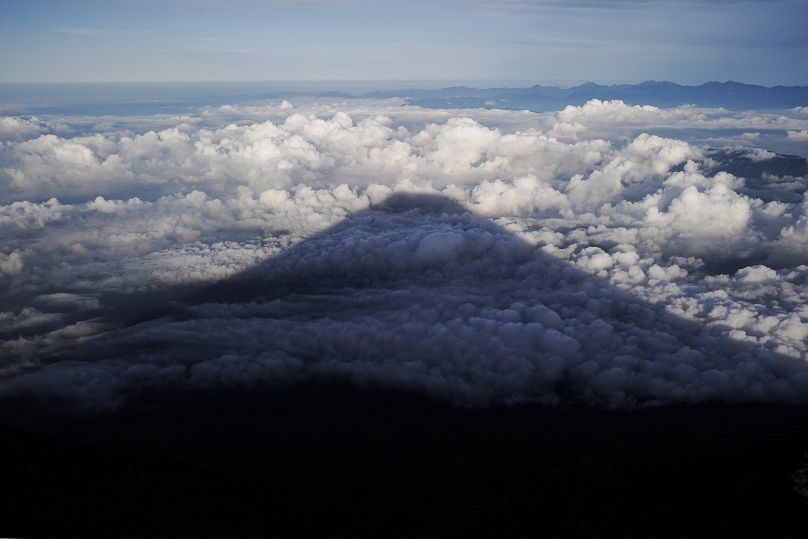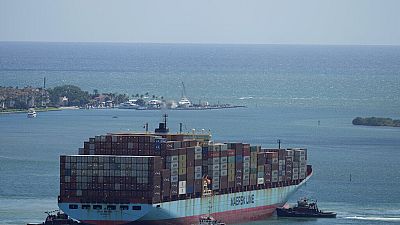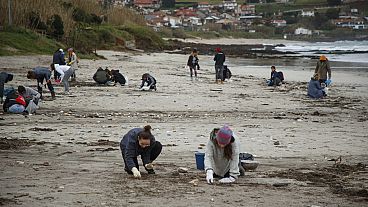The presence of tiny plastics in clouds risks the contamination of ‘everything we eat and drink’, researchers say.
Microplastics have been discovered in clouds, where scientists say they could be contributing to climate change.
Researchers found several types of polymers and rubber in the water in cloud water surrounding Mount Fuji, Japan’s biggest mountain, and Mount Ōyama.
Their study, published in the journal Environmental Chemical Letters, joins a growing body of evidence showing that plastic pollution has infiltrated most ecosystems on Earth.
Fragments of plastic smaller than 5mm (around the size of a sesame seed) have been found in the furthest reaches of the planet and most intimate parts of the human body, including the blood, lungs, and placentas of pregnant women.
"To the best of our knowledge, this study is the first to detect airborne microplastics in cloud water in both the free troposphere and atmospheric boundary layer,” the scientists wrote.
Here’s why the discovery is not only unnatural but also concerning for our climate.
How do microplastics in clouds contribute to climate change?
Cloud water was collected at the summits of the two Japanese mountains at altitudes between 1,300-3,776 metres. The summit of Mount Fuji is located in the free troposphere, while Mount Ōyama peaks in the atmospheric boundary layer - both within the lowest layer of Earth’s atmosphere.
The scientists then used advanced imaging techniques to determine whether - and which - microplastics were present.
They found nine different types of polymers and one type of rubber in the airborne microplastics. The clouds contained as many as 14 pieces of plastic per litre of water which ranged in size from around 7 to 95 micrometres; slightly over the average width of a human hair at 80 micrometres.
Plastics are hydrophobic but become hydrophilic (meaning water-loving) after prolonged exposure to ultraviolet light, the authors explain.
The abundance of these polymers in some samples suggests they may have acted as “condensation nuclei” of cloud ice and water.
Condensation nuclei are tiny particles upon which water vapour condenses in the atmosphere, meaning they’re essential for the formation of clouds.
"Overall, our findings suggest that high-altitude microplastics could influence cloud formation and, in turn, might modify the climate," the scientists wrote.
"Microplastics in the free troposphere are transported and contribute to global pollution,” says lead author of the research, Hiroshi Okochi of Waseda University.
"If the issue of 'plastic air pollution' is not addressed proactively, climate change and ecological risks may become a reality, causing irreversible and serious environmental damage in the future."
How are microplastics getting into clouds?
Microplastics have a huge number of potential sources - from microbeads in cosmetics to fertilisers and the degradation of larger objects like plastic bags. As the authors write with some understatement, “plastics have become quite popular.”
While there have been plenty of studies on the leaching of these tiny fragments into marine and terrestrial environments, research on airborne microplastics has been more limited.
There are various ways they could get into the atmosphere. Road dust, landfills, tire wear and artificial grass are all potential land-based entry points.
The ocean can also send its microplastics skywards through sea spray and other “aerosolization processes” - where particles are made light enough to be carried in the air.
“This implies that microplastics may have become an essential component of clouds, contaminating nearly everything we eat and drink via 'plastic rainfall'," according to a statement about the study from Waseda University,
“The free troposphere is an important pathway for the long-range transport of air pollutants owing to strong wind speeds; it has been observed that airborne microplastics are also transported in the free troposphere and contribute to global pollution,” the authors add.




